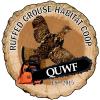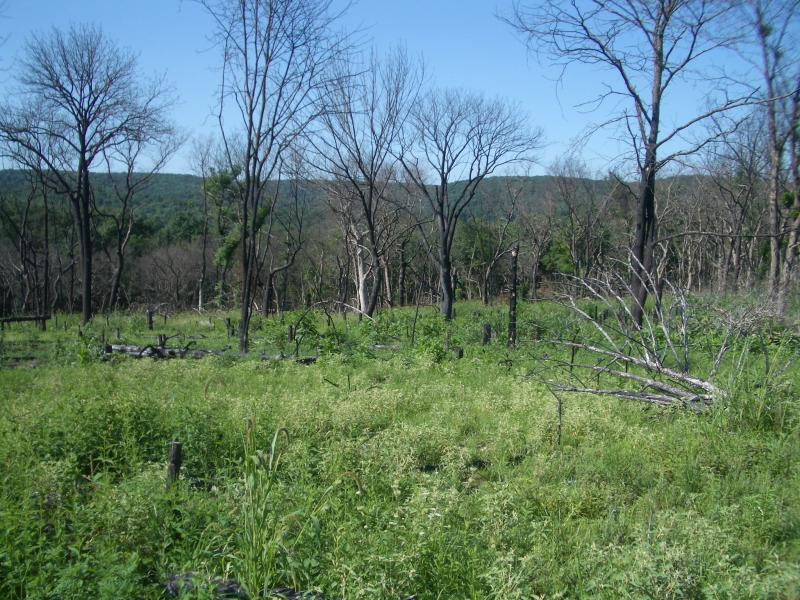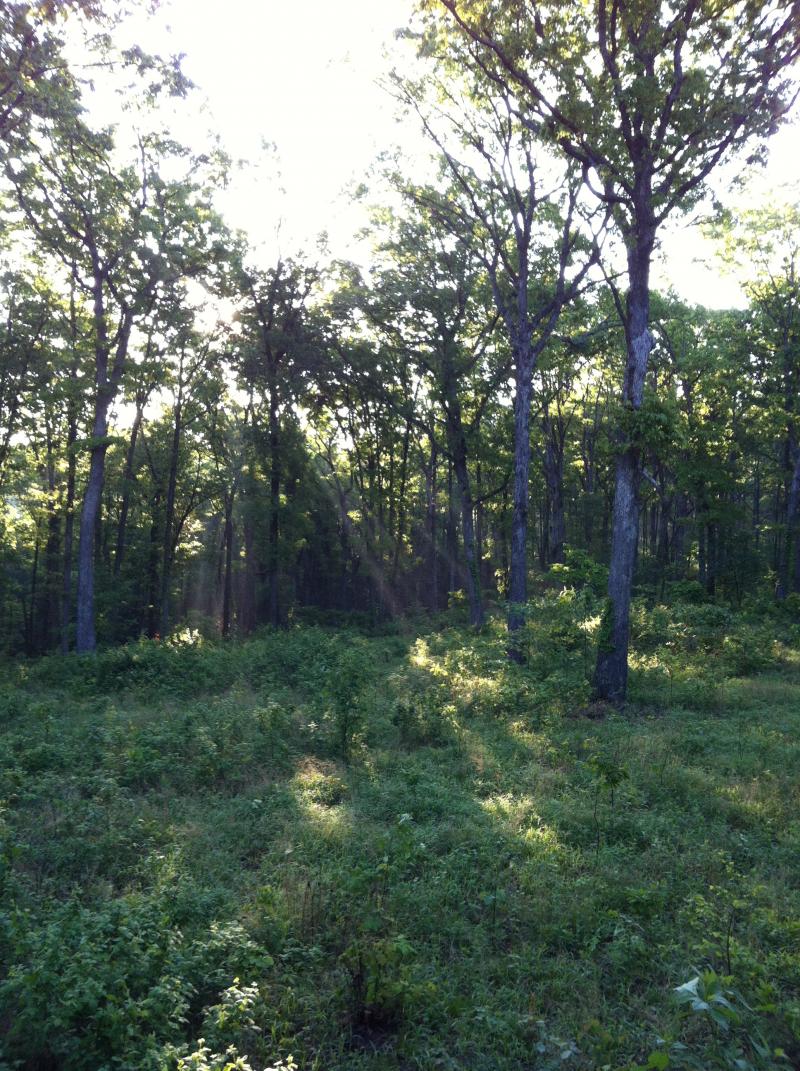
Ruffed Grouse Habitat
Management Cooperative
"Communication is our most effective tool"
Ruffed Grouse Habitat Management Cooperative
14151 Clayton Road
Town and Country, MO 63017
ph: 314-610-9064
john
Ruffed grouse are early-successional habitat specialists, where high woody stem densities and herbaceous vegetation provide food and cover. Although the geographic range of ruffed grouse is extensive, key structural habitat components are similar wherever the species is found as stated by Gullion (1984b): “Good ruffed grouse habitat in Utah, Oregon, Tennessee, Missouri, and West Virginia is structurally identical to good grouse habitat in Minnesota, Maine, Vermont, Wisconsin, and North Dakota”.
Although regenerating forest stands are used by ruffed grouse for up to 25 years following harvest, the highest quality habitat occurs from 5-15 years post-harvest. Quality habitat for the species include young, even-aged deciduous stands that typically support >8,000 woody stems/acre. In Missouri, areas containing >4,000 stems/acre (>1 m tall) appear suitable reported use of areas containing >2,300 stems/acre (>1.4 m tall) for drumming and brooding.
Habitat loss and degradation are the predominant factors affecting ruffed grouse population trends in their southern range, as declines in young forest habitats and isolation of habitat patches may be limiting recruitment and population
densities
Disturbances are required to create and maintain early-successional habitats and declines in these habitats reflect the influence of land-use conversion, ownership, and minimal disturbance To curb the decline of ruffed grouse populations, additional areas of early-successional habitat must be created. Societal attitudes toward timber harvest, however, may continue to limit efforts to provide these critical habitats.
Since early-successional habitats are ephemeral, disturbance represents the driving force in their creation. Although wildfires and fires set by Native Americans were important sources of early-successional habitat creation prior to European settlement, commercial timber harvests and other proactive habitat management practices must now be implemented on a regular basis to ensure a continuous supply of quality ruffed grouse habitat.
Even-aged silvicultural systems (i.e., clearcut, seed tree, shelterwood, and two-age) are the most appropriate methods for creating ruffed grouse habitat Although selection treatments can improve habitat in stands located between areas managed using even-age systems, these treatments do not remove a sufficient number of trees to allow the development of quality grouse habitat.
Clearcutting has been identified as the best way to create ruffed grouse habitat in aspen and oak forests; however, recent research in the Appalachians suggests that clearcutting with hard mast reserves may provide superior habitat in oak-hickory forests. This technique, which is similar to a seed-tree harvest or modified-shelterwood cut, leaves a small number of residual trees during harvest, thus providing both cover and food (i.e., hard mast) in the same location. Although the greatest amount of overstory removal will yield the greatest degree of understory development, retention of a limited number of residual trees may not affect regenerating stem densities in developing stands.
Sandstone glade one year after a burn
Forest opening
Copyright 2016 Ruffed Grouse Habitat Management Cooperative. All rights reserved.
Ruffed Grouse Habitat Management Cooperative
14151 Clayton Road
Town and Country, MO 63017
ph: 314-610-9064
john


